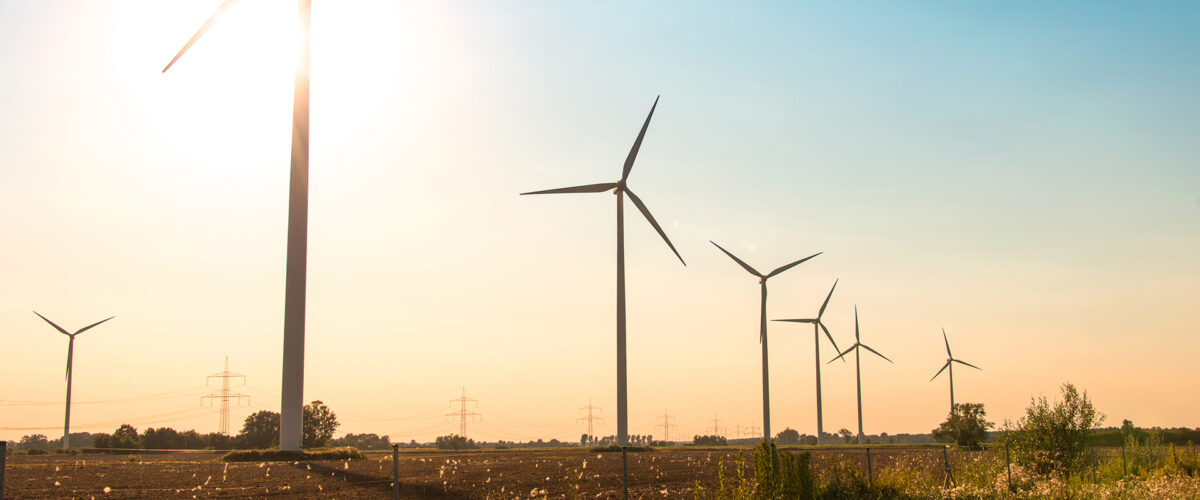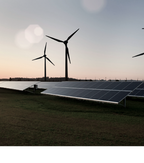artikel / 22 nov 2021
What IP-tricks to look out for when sourcing maintenance services for windfarms from a new supplier

Since the late 90s, Sweden has followed the global trend and seen a rapid deployment of new wind farms. Delivery of the turbines is usually governed by extensive turbine supply agreements (TSAs), coupled with service and availability agreements (SAAs) governing subsequent servicing of the turbines. The service provider is generally the original equipment manufacturer (OEM) directly, or indirectly through an affiliated company. The services provided by the OEM commonly carry a premium price tag or, at least, a price tag that is likely to appear high a few years down the road.
In recent years, Setterwalls has witnessed increased interest among wind farm operators in scrutinising the cost profile of the services provided by the OEM and in subsequently migrating to a service agreement with a third party provider. In many cases, this will bring about substantial reductions in running costs for turbine maintenance. In part, this is because the third-party service provider seeks out alternative, non OEM, components when replacing parts.
It is this use of third-party components that often leads to questions as to the right of wind farm operators to the intellectual property (software) supplied along with the turbines and under the TSA.
This is due to the fact that the use of third-party components generally requires modifications to, substitution of, or other measures in relation to, the OEM wind turbine controller software. The wind turbine controller software is locally (in each turbine) deployed software responsible for ensuring that the turbine does not operate outside the safety parameters of its components.
In a much simplified and fictional example, the reason may be explained as follows: Certain OEM bearings have a safe operating temperature ranging from 40 °C to 70 °C, with an intended steady temperature of 60 °C. As a result, the OEM turbine controller software has an accepted operational range between these values. If the temperature deviates from the said interval, warnings are to be generated and the turbine output should be constrained or the turbine should shut down. For certain third-party components, the safe operating temperature may instead range from 50 °C to 85 °C with an intended steady temperature of 71 °C.
Consequently, the OEM wind turbine controller software cannot be left as is if third-party components are to be deployed. The wind farm operators must in some way interfere with or substitute the controller software.
This is where the intellectual property regulations of the TSA, and potentially the SAA, regarding the software deployed in and in relation to the turbines, come into play.
The TSA, or the software license agreement attached to it, commonly stipulates that the license for the complete software package (of which the OEM wind turbine controller software is only part) is licensed for as long as the wind farm remains operational.
However, limitations are at the same time stipulated regarding the actions that the wind farm operators are allowed to undertake using the software provided. For example, modifications to, or combination with, additional third-party software may be prohibited.
Furthermore, any breach of the terms may be sanctioned through cancellation of the software licence, not only for the OEM wind turbine controller software, but also for all of the software provided for the operations of the wind farm. As a result, the potential downside in case of a breach is substantial, as the entire wind farm could be brought to a standstill.
In fact, among the provisions we have seen at Setterwalls, there are even examples where the agreements contain stipulations stating that the OEM shall be entitled to obtain a preliminary injunction through the national judicial system. Said injunction would prohibit the wind farm operators from continued use of the licensed software. Further, such injunctions would be coupled with punitive fines in case of any breach.
In addition, a contractual breach could be followed by the question of potential damage or loss caused to the OEM party, with damages subsequently to be paid. Overall, the risk exposure in case of non-compliance with the agreements could be substantial.
When reviewing the provisions of the TSA and SAA to determine whether the actions proposed would be in compliance with these provisions, Setterwalls will also consider whether the potential lock-in effect generated could be questioned from a competition law perspective. In essence, if the wind farm operator is prohibited from using third-party components, this could potentially amount to breach of competition law on the part of the OEM.


